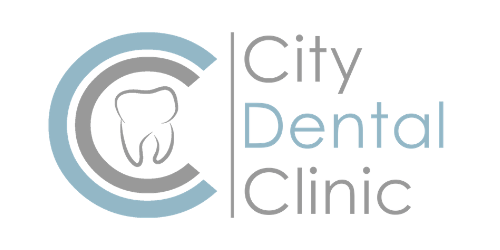A brief overview and how we can help you
Are you experiencing problems with your temporomandibular joint (TMJ)? Do you feel skipping in your hip or other discomfort in this area? While our team does not provide direct treatment for TMJ disorders, we are here to help you with quality x-rays of your temporomandibular joint and be present in case collaboration with your jaw specialist is needed. That’s why we offer a service to take high quality x-rays of your TMJ. These images will be required by a specialist who is dedicated to the diagnosis and treatment of TMJ problems. By providing you with these images, we can help you take the first step towards resolving your TMK problems.
The TMJ, also known as the jaw joint, is one of the most complex joints in the human body. This joint allows the jaw to move up and down, left and right, which is essential for basic functions such as speaking, chewing and swallowing.
The TMJ is composed of the articular socket of the maxilla and the head of the temporal bone. Sandwiched between these two components is a disc, simply put a “disc”, which is made of fibrous cartilage. The role of this disc is to cushion the compressive forces acting on the articular surfaces, ensuring smooth and pain-free movement of the jaw.
However, temporomandibular disorders (TMP), which are a common cause of facial pain of non-dental origin, can significantly affect the comfort and functionality of this joint.

Categories of temporomandibular disorders
TMJ disorders are usually classified into three main categories:
- Articular disorders: these occur when the joint itself is directly affected, for example as a result of injury, wear and tear or inflammation.
- Disc Disorders and Displacement: the disc in the TMJ may be displaced or damaged, which can lead to pain and limited jaw movement.
- Masticatory Muscle Disorders: The muscles and tendons that control the movement of the TMJ may be strained or overstretched, leading to these disorders.

The most common symptoms of temporomandibular disorders
The most common symptoms of TMK disorder are:
- Orofacial Pain: Pain is usually localized in the ear area or around the temple and may worsen with chewing, speaking, or other jaw movements.
- Restriction of mouth opening: Patients with TMJ disorders often have a limited range of motion at the joint, meaning they can open their mouth less than 40 mm
If you have noticed any of these symptoms, it is important to seek professional help. At our dental clinic, we can provide you with accurate x-rays of your TMK, which can be very helpful in making a diagnosis and choosing the best treatment.
In conclusion, we want to remind you that although TMK disorders can be uncomfortable and bothersome, they are usually well manageable with appropriate treatment and care. Remember, we are here to help you take the first step toward addressing these issues by providing you with quality x-rays of your TMK.
